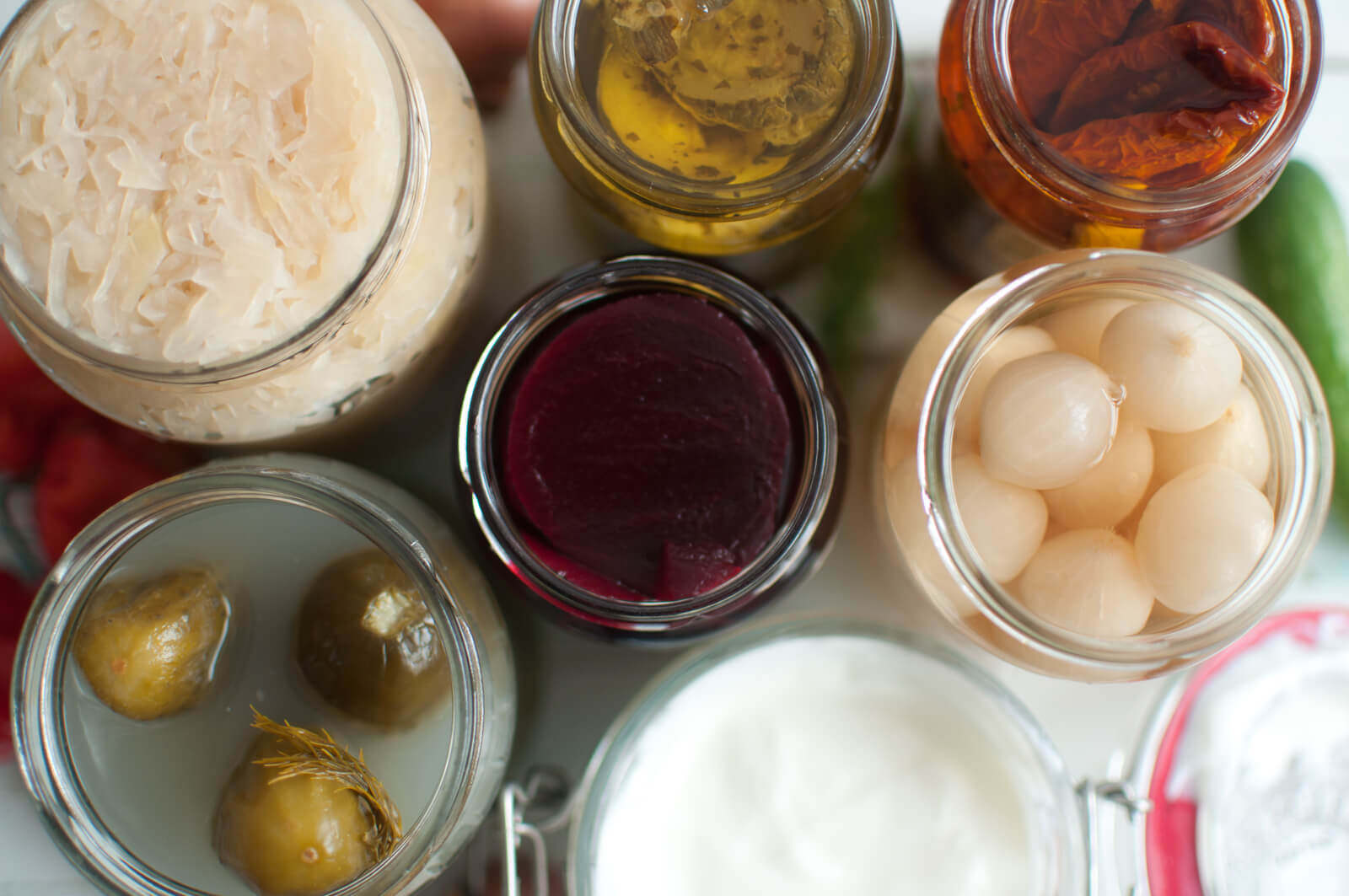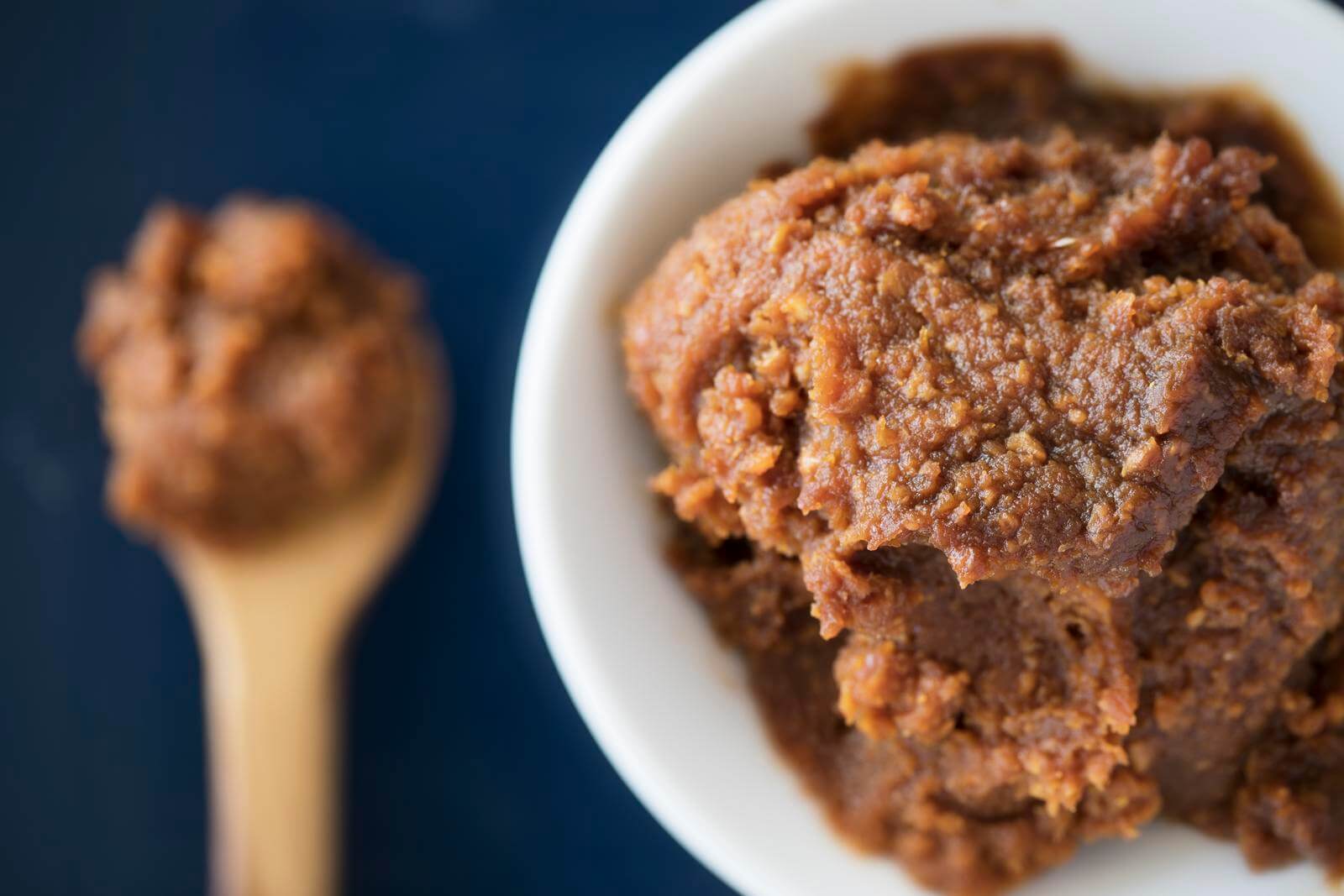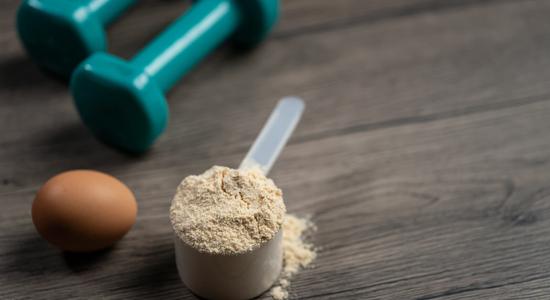See all "Acidopilus" Section Topics

There are many foods, often fermented, that are rich in the bacteria Lactobacillus acidophilus (L. acidophilus). However, ingesting these foods does not bring the majority of the bacteria to the intestines. Much of the L. acidophilus bacteria that is ingested dies in the stomach during digestion. In a study entitled Stability of Free and Encapsulated L. acidophilus ATCC 4356 in Yogurt and in an Artificial Human Gastric Digestion system, done by Ortakci F. and Sert S., it was reported that L. acidophilus was extremely affected by the stomach’s digestive process.
The study digested plain L. acidophilus and Lactobacillus that were encapsulated with calcium alginate. Ortakci F. and Sert S. discovered that encapsulation of the L. acidophilus bacteria greatly improved its ability to survive the harsh gastric acid digestion. The researchers inserted colony forming units of encapsulated L. acidophilus (8.26 log cfu/g) and unencapsulated L. acidophilus (9.47 log cfu/g) into yogurt. Once this probiotic bacteria was placed into yogurt, the yogurt was then added to a mixture of gastric juices, and was allowed to “digest” for two hours.
After the yogurt containing the bacteria was digested, an approximate reduction of more than 7 log cfu/g of unencapsulated L. acidophilus was observed. Although a portion of the bacteria that had been encapsulated with calcium alginate died, much more survived the two hour digestive process. According to the study only 3 log cfu/g of the L. acidophilus bacteria did not survive the two hour digestion process.
The conclusion of the study conducted by Ortakci and Sert, found in their study’s abstract, was as follows:
The addition of probiotic cultures in free or alginate-encapsulated form did not significantly affect appearance/color or flavor/odor of the yogurts. However, significant deficiencies were found in body/texture of yogurts containing encapsulated ATCC 4356. We concluded that incorporation of free and encapsulated probiotic bacteria did not substantially change the overall sensory properties of yogurts, and encapsulation in alginate using the extrusion method greatly enhanced the survival of probiotic bacteria against an artificial human gastric digestive system.
A 1/2 Day & Yeast is Gone!
Linda Allen suffered from yeast infections for years. Through researching natural medicine & Candida, she found an efficacious solution!
Linda is one expert you want on your side! Let her show you how to get rid of a superficial yeast infection in just 12 hours; AND, keep it gone!
A 60-day, 100% money back guarantee is provided.
Visit Official Site!Why Eat Foods Rich in Acidophilus?
According the the aforementioned study, some of the L. acidophilus probiotic bacteria survived the digestive process. It is true that buying a product like Global Health Trax’s Fivelac can give you encoated acidophilus that can better survive digestion, but why spend money on an expensive dietary supplement when you can modify your diet to acquire the probiotics your body needs for optimum health? It all boils down to personal preference. Eating a plethora of L. acidophilus rich foods can be a great way to get your calories for the day while safeguarding your body with helpful microbiota.
Eliminate Bacterial Vaginosis & Vaginal Odor
Jennifer O’Brien is one prominent expert on BV that knows how to get rid of vaginal odor. BV is a common infection that you don’t have to put up with.
Jennifer will show you how to naturally eliminate vaginal odor in just 3 days.
A 60-day, 100% money back guarantee is provided.
Visit Official Site!Foods Rich in Acidophilus

There are many foods that contain living acidophilus; but, you may need to make sure the package states living cultures if the product is likely pasteurized. Sauerkraut, yogurt, kefir, and "yogurt cheese" are all foods that can contain L. acidophilus when properly manufactured. By adding these foods to your diet on a regular basis, you can guarantee that some L. acidophilus is making its way past your stomach into your intestines. Once in the intestines, L. acidophilus will start to consume excess sugars (such as lactase) and ferment them into lactic acid. Yeast needs sugar to survive; and, the growth of yeast is stymied by high concentrations of acid. Hence, lactic acid producing microbiota are a great weapon against the fungus Candida albicans.
Acidophilus Yogurt
When searching for yogurt with L. acidophilus, it is important to remember that pasteurized yogurt will not contain live bacteria—as the pasteurization process kills the helpful microbiota. You can always choose to make your own L. acidophilus yogurt at home. All it takes is some whole milk and live acidophilus cultures. Make sure you add the live L. acidophilus into the milk when you start making your yogurt. Additionally, allow the yogurt the longest time to ferment as possible, wihout being unsafe. This will give you a thicker yogurt with more L. acidophilus living in the yogurt.
Acidophilus Kefir
Kefir made from unpasteurized milk can be rich in helpful probiotics. If you cannot find any unpasteurized milk you can always use pasteurized milk. Simply put 1-2 tablespoons of kefir grains into a clean, pint-sized mason jar that can be sealed (the more kefir grains you use, the faster it will culture). Make sure you add live L. acidophilus capsules to the jar as well. Put milk over the kefir and L. acidophilus cultures and then cover the jar with a lid. Let this jar sit in a warm place for approximately 12 to 36 hours. You will know that the kefir is ready when it gets thick. Consume large amounts of kefir to really get a lot of L. acidophilus into your intestines where it can start to fight Candida albicans.
Acidophilus Yogurt Cheese
Yogurt cheese is made from unpasteurized yogurt and will contain live L. acidophilus cultures and bifidus cultures as well. You can make your own yogurt cheese at home or you can shop health food stores to procure it.
Miso Paste

If you are a vegan and you do not wish to use a milk-based product to get your daily intake of L. acidophilus bacteria, than miso paste may appeal to you. Miso is a culinary item from Japan that is made from fermented grains and soybeans that have the koji fungus. You can find miso in ethnic food stores as a yellow, brown, or red paste.
Sauerkraut
Making sauerkraut with a good amount of Lactobacilli bacteria is easy to do at home. When you make your sauerkraut, be sure to add some salt to the mixture as this salt will help prevent bad bacteria from overgrowing. L. acidophilus is unharmed by high concentrations of salt; so, it will be able to survive and grow in the salted sauerkraut. Fermenting your sauerkraut longer will also increase the amount of L. acidophilus that will be present in the finished product.
Author: Mr. Nicholas Gross

Nick Gross is a natural medicine enthusiast who has been researching and writing about natural medicine since 2008. Nick is primarily a web developer but also researches and authors written and video content about natural health. Nick has a bachelor’s degree in Management Information Systems from the University of Northern Iowa.
Disclaimer
The information on this website is not a prescription for anyone. This information is for informational or educational purposes only, and is not a substitute for professional medical advice or consultations with healthcare professionals.
Affiliate Disclosure
Some of the links provided on this website are affiliate links. When a purchase is made through these links, Candida Hub earns money from commission. This helps to keep the website up and helpful to people for free. Thank you for any support!
Stay Up to Date
If you enjoyed this article, consider following / liking our Facebook page. This page is primarily utilized to alert followers of new articles that are put on Candida Hub. Candida related news is also discussed. While you are there, you can see what has been more recently added to Candida Hub.
Clair Goodall: Author & Nature Lover
Clair Goodall is a bee-obsessed natural medicine convert from Minnesota. She is one expert you might want to know more about!
Clair will help you protect you and your family from toxic products and chemicals and help you discover solutions from nature.
Also, Clair’s book is backed by a 60-day, 100% money back guarantee
Visit Official Site!SOURCES:
- http://www.ncbi.nlm.nih.gov/pubmed/23021757 — Ortakci F. and Sert S’ Stability of Free and Encapsulated L. acidophilus ATCC 4356 in Yogurt and in an Artificial Human Gastric Digestion system study.







